What Are the 7 Categories of Food?

What Are the 7 Categories of Food?
Food is not just fuel—it’s a source of nutrients, energy, and pleasure. To understand how food impacts our body, it’s important to classify it into basic categories. These categories help us balance our meals, meet our nutritional needs, and maintain overall health. What Are the 7 Categories of Food?
In this comprehensive 2000-word guide, we’ll explore the 7 main categories of food, their nutritional roles, sources, and examples. These are:
- Carbohydrates
- Proteins
- Fats
- Vitamins
- Minerals
- Fibre (Dietary Fiber)
- Water
Let’s break down each one in detail.
1. Carbohydrates: The Body’s Main Energy Source
Definition:
Carbohydrates are organic compounds made of carbon, hydrogen, and oxygen. They are the body’s primary source of energy.
Types of Carbohydrates:
- Simple Carbohydrates: Found in sugars (glucose, fructose, lactose)
- Complex Carbohydrates: Found in whole grains, legumes, vegetables
Sources:
- Whole grains: Brown rice, oats, wheat, millet
- Vegetables: Potatoes, corn, peas
- Fruits: Bananas, apples, mangoes
- Legumes: Beans, lentils, chickpeas
- Sugary foods: Honey, syrup, soft drinks (limit these)
Functions:
- Provide energy for all bodily functions
- Fuel the brain and muscles
- Support metabolic activity
Daily Need:
Carbohydrates should make up 45–65% of total daily calories.
Healthy Tip:
Choose complex carbs like whole grains and vegetables over refined carbs and sugar.
2. Proteins: The Body’s Building Blocks
Definition:
Proteins are made of amino acids. They are essential for growth, repair, and maintenance of body tissues.
Types of Proteins:
- Complete Proteins: Contain all 9 essential amino acids (e.g., meat, eggs, dairy, soy)
- Incomplete Proteins: Missing one or more essential amino acids (e.g., plant proteins like legumes, grains)
Sources:
- Animal sources: Eggs, meat, fish, milk, cheese
- Plant sources: Lentils, beans, soy, tofu, nuts, seeds, quinoa
Functions:
- Build and repair tissues (muscles, skin, organs)
- Make enzymes, hormones, and antibodies
- Maintain lean muscle mass
Daily Need:
Approximately 0.8 to 1.2 grams per kilogram of body weight
Healthy Tip:
Include both animal and plant-based proteins. If vegetarian, mix legumes with grains for complete protein.
3. Fats: Essential for Hormones and Brain Health
Definition:
Fats are energy-rich nutrients that support cell structure, hormone production, and vitamin absorption.
Types of Fats:
- Saturated fats: Found in butter, red meat (limit intake)
- Unsaturated fats: Found in nuts, seeds, olive oil (heart-healthy)
- Trans fats: Found in processed foods (avoid completely)
Sources:
- Healthy fats: Avocados, nuts, seeds, olive oil, fish
- Unhealthy fats: Deep-fried foods, margarine, baked goods
Functions:
- Energy storage
- Insulation and body temperature regulation
- Absorption of fat-soluble vitamins (A, D, E, K)
- Supports brain and nervous system
Daily Need:
Fats should make up 20–35% of total daily calories
Healthy Tip:
Focus on unsaturated fats like those from fish, nuts, and olive oil. Limit saturated and avoid trans fats.
4. Vitamins: The Essential Micronutrients
Definition:
Vitamins are organic compounds required in small amounts for various biochemical functions.
Types of Vitamins:
- Fat-Soluble Vitamins: A, D, E, K (stored in fat)
- Water-Soluble Vitamins: B-complex, C (not stored, need daily intake)
Sources:
- Vitamin A: Carrots, spinach, sweet potatoes
- Vitamin B-complex: Whole grains, meat, dairy, legumes
- Vitamin C: Citrus fruits, strawberries, bell peppers
- Vitamin D: Sunlight, fortified milk, fatty fish
- Vitamin E: Nuts, seeds, green leafy vegetables
- Vitamin K: Broccoli, kale, cabbage
Functions:
- Boost immunity
- Promote vision and skin health
- Support metabolism
- Aid in wound healing and blood clotting
Daily Need:
Varies by vitamin and age; a diverse diet usually covers most needs.
Healthy Tip:
Eat a variety of colorful fruits and vegetables to cover a broad range of vitamins.
5. Minerals: The Body’s Structural Elements
Definition:
Minerals are inorganic elements that are crucial for building tissues and maintaining body processes.
Major Minerals:
- Calcium: Bones, teeth (dairy, tofu, broccoli)
- Potassium: Nerve and muscle function (bananas, sweet potatoes)
- Magnesium: Muscle relaxation, enzyme function (nuts, leafy greens)
- Phosphorus: DNA and bone structure (meat, fish, legumes)
- Sodium: Fluid balance (salt – use in moderation)
Trace Minerals:
- Iron: Red blood cell production (meat, spinach)
- Zinc: Immune system (seeds, meat)
- Iodine: Thyroid function (iodized salt, seaweed)
- Selenium: Antioxidant support (brazil nuts, grains)
Functions:
- Structural components of bones and teeth
- Nerve transmission and muscle function
- Fluid and electrolyte balance
Healthy Tip:
Include whole foods rather than supplements to get your minerals naturally. Limit excess sodium.
6. Dietary Fibre: The Digestive Cleanser
Definition:
Fibre is the indigestible part of plant foods. It helps maintain digestive health and prevent diseases.
Types of Fibre:
- Soluble fibre: Slows digestion (oats, apples, legumes)
- Insoluble fibre: Adds bulk to stool (whole grains, vegetables)
Sources:
- Whole grains (brown rice, barley)
- Fruits (apples, pears, berries)
- Vegetables (broccoli, carrots)
- Legumes (lentils, beans)
- Nuts and seeds
Functions:
- Promotes bowel regularity
- Reduces cholesterol
- Helps regulate blood sugar
- Aids weight management by increasing satiety
Daily Need:
- Men: 30–38 grams/day
- Women: 21–25 grams/day
Healthy Tip:
Increase fibre gradually and drink plenty of water to aid digestion.
7. Water: The Vital Nutrient
Definition:
Water is a colorless, tasteless, and odorless liquid that is essential for life. It makes up 60–70% of our body.
Sources:
- Drinking water
- Herbal teas
- Fruits and vegetables (watermelon, cucumber)
- Soups and broths
Functions:
- Regulates body temperature
- Aids in digestion and nutrient transport
- Flushes out toxins
- Lubricates joints and tissues
Daily Need:
- Men: ~3.7 liters/day
- Women: ~2.7 liters/day
(Varies with activity and climate)
Healthy Tip:
Carry a water bottle and sip throughout the day. Increase intake during hot weather or physical activity.
Summary Table of the 7 Food Categories
| Category | Primary Function | Examples |
|---|---|---|
| Carbohydrates | Provide energy | Rice, wheat, oats, fruits, vegetables |
| Proteins | Build and repair tissues | Eggs, chicken, legumes, tofu |
| Fats | Hormone function, energy storage | Nuts, seeds, olive oil, avocado |
| Vitamins | Regulate metabolic processes | Fruits, vegetables, dairy, eggs |
| Minerals | Structural and functional roles | Spinach, meat, nuts, dairy |
| Fibre | Digestive health, weight management | Whole grains, legumes, vegetables |
| Water | Hydration and nutrient transport | Water, fruits, broths |
Why Understanding These Categories Matters
A balanced diet includes all seven food categories in proper proportions. Understanding them helps in:
- Meal planning: Craft balanced meals with all nutrients.
- Preventing deficiencies: Ensuring you don’t lack key vitamins or minerals.
- Managing weight and chronic conditions: Avoiding excess sugars, fats, and sodium.
- Boosting energy and immunity: Proper nutrition means better performance and fewer illnesses.
Balanced Daily Eating Tips Using the 7 Categories
- Start your day with complex carbs + protein + water.
Example: Oatmeal + boiled eggs + herbal tea - Include veggies with lunch and dinner.
Aim for a variety of colors—green, red, orange. - Snack on fruits, yogurt, or nuts.
Great for fibre, vitamins, and good fats. - Drink 8–10 glasses of water per day.
- Avoid ultra-processed and sugary foods.
These disrupt balance and add empty calories.
Conclusion: Fuel Your Life with the Right Food Categories
The seven categories of food—carbohydrates, proteins, fats, vitamins, minerals, fibre, and water—work in harmony to maintain your body’s health, energy, and longevity. No single category can provide all the essential nutrients. That’s why a diverse and balanced diet is key.
By understanding and incorporating all seven categories into your meals, you create a solid foundation for health, well-being, and disease prevention. Whether you are planning meals for yourself, your family, or your fitness goals, these categories are the pillars of optimal nutrition.

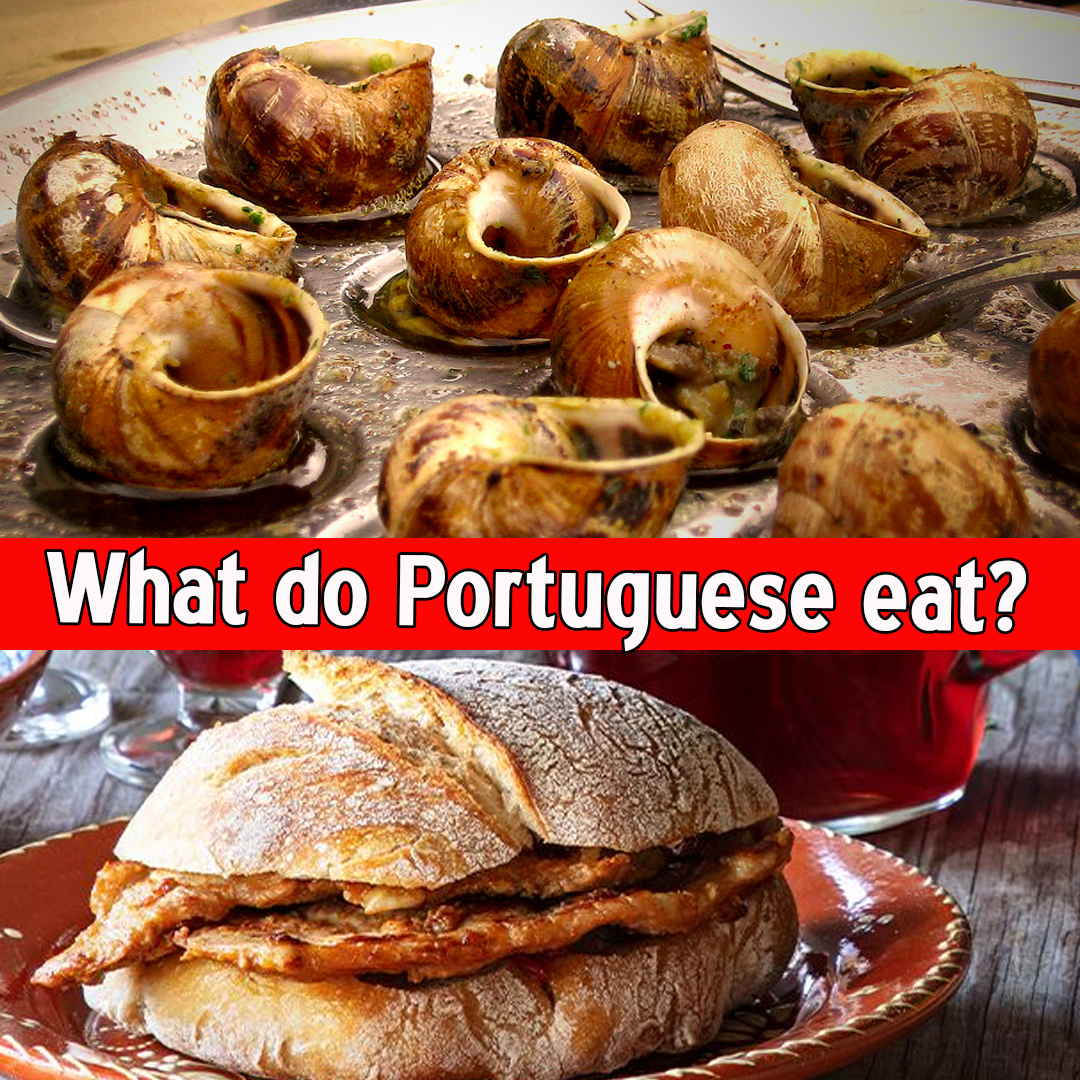


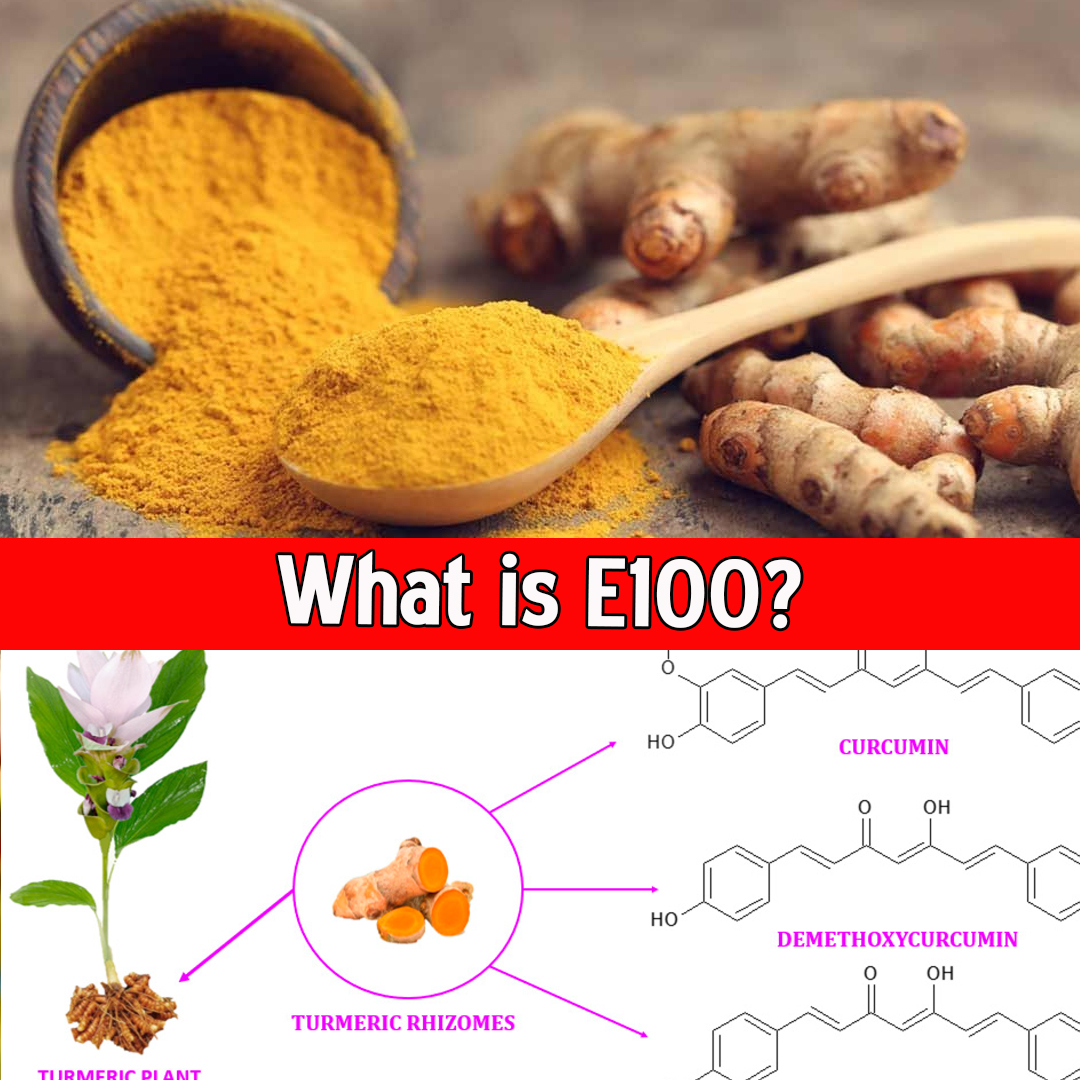

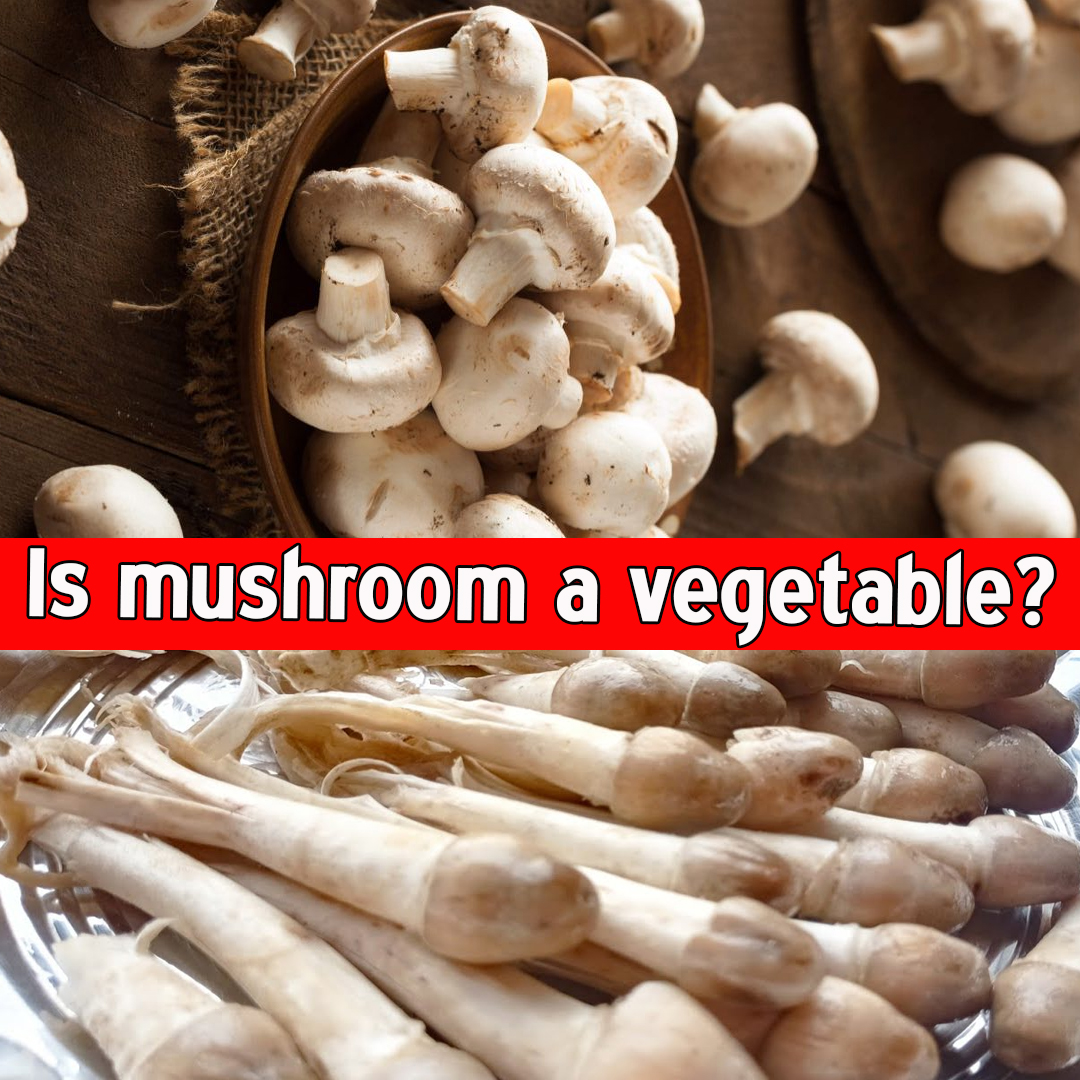

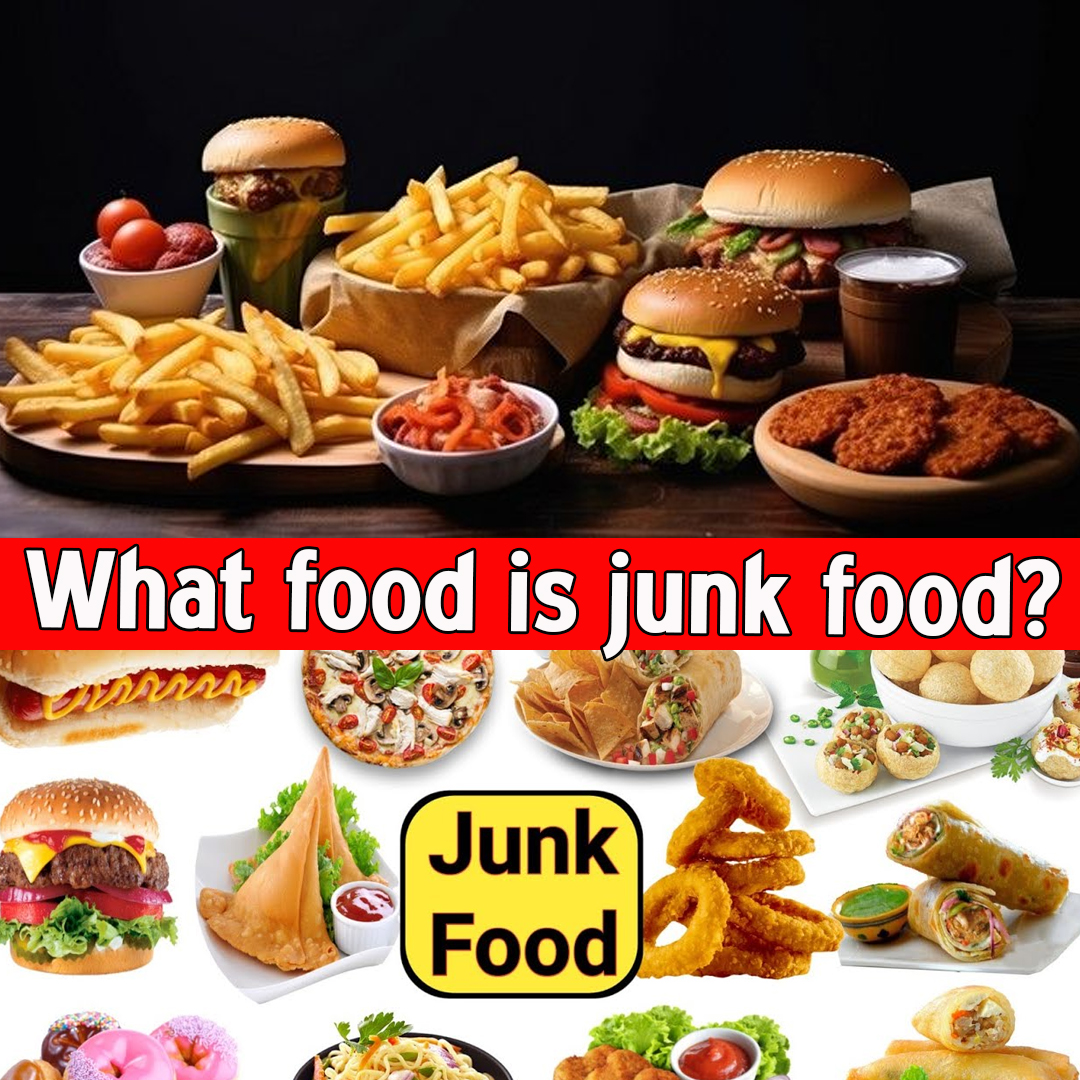

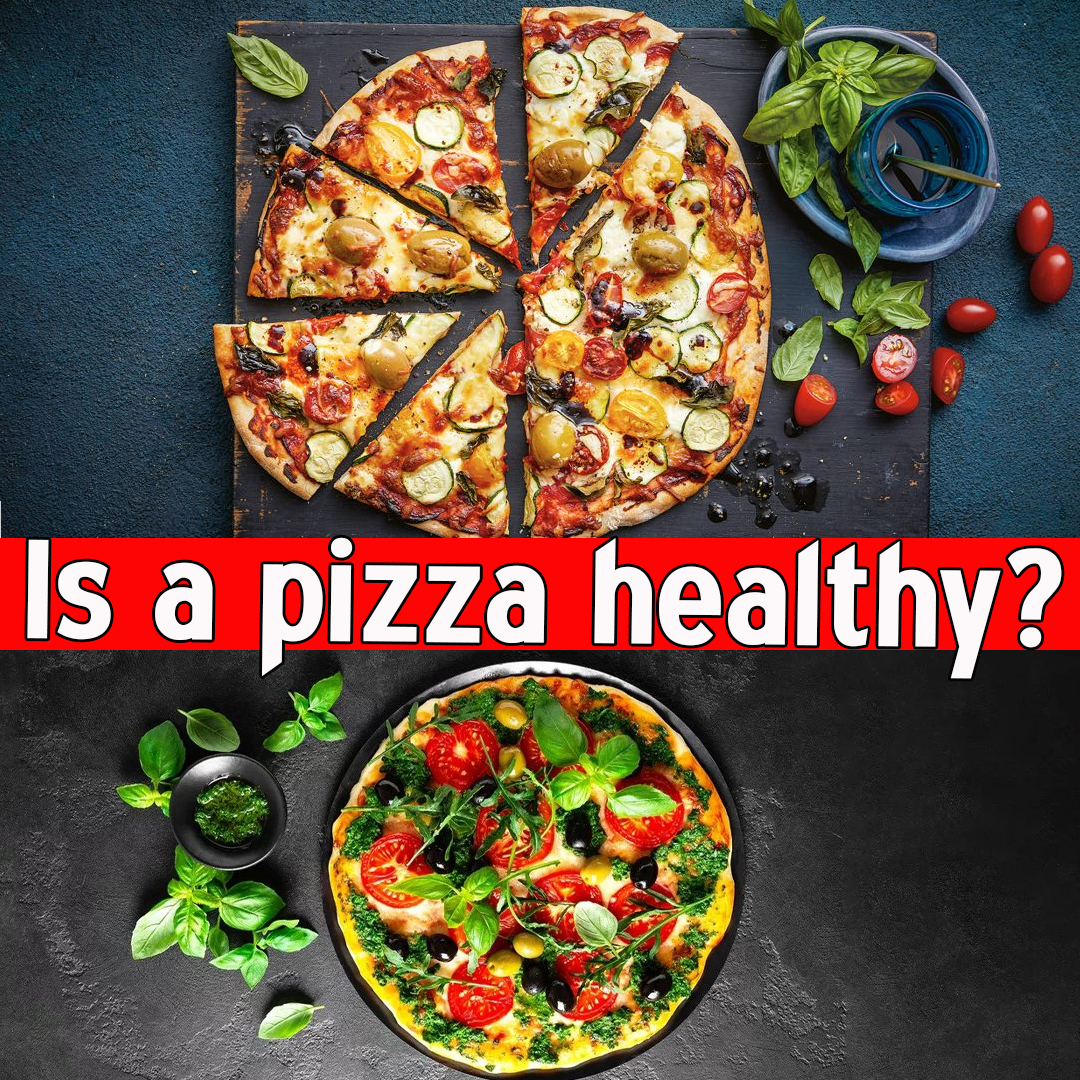

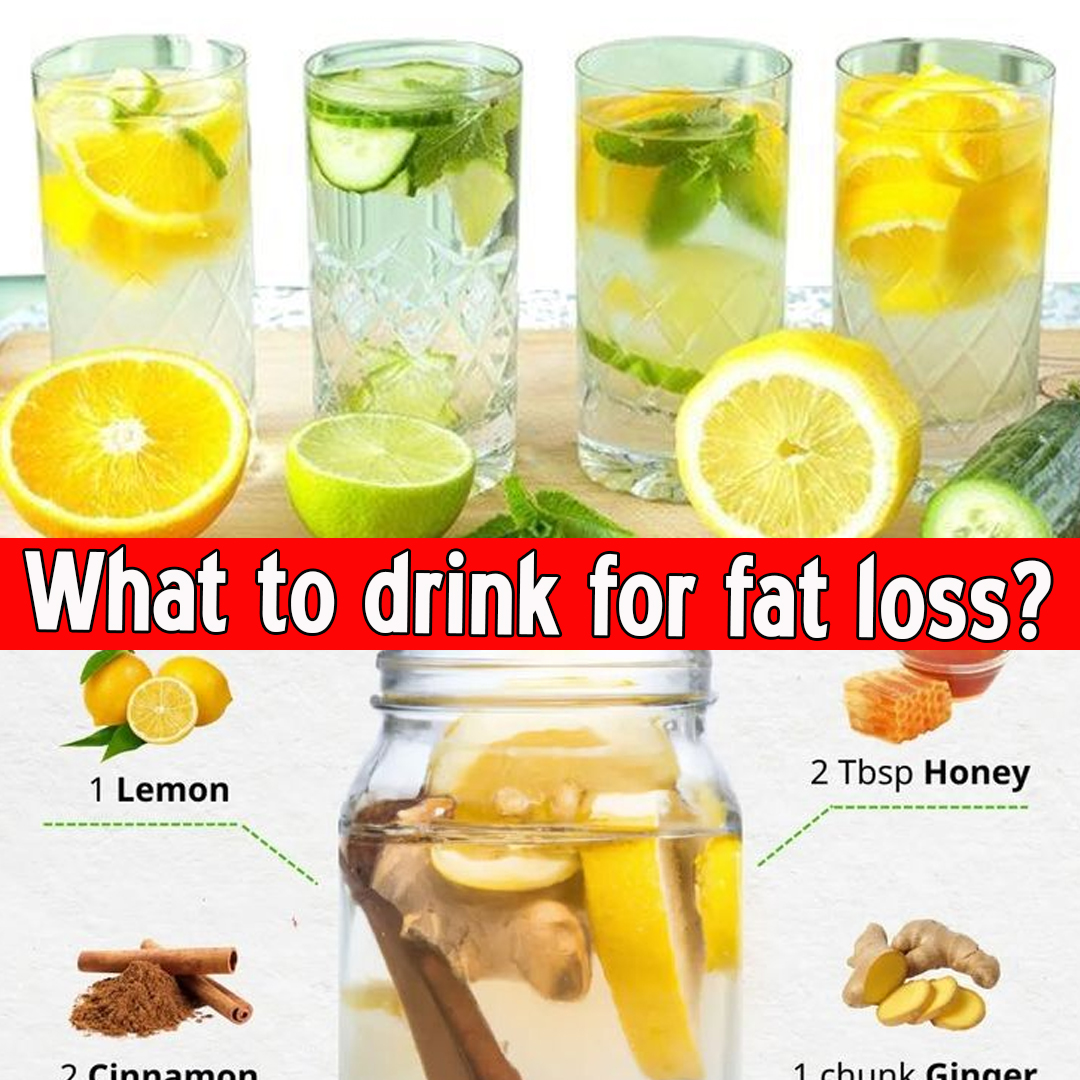
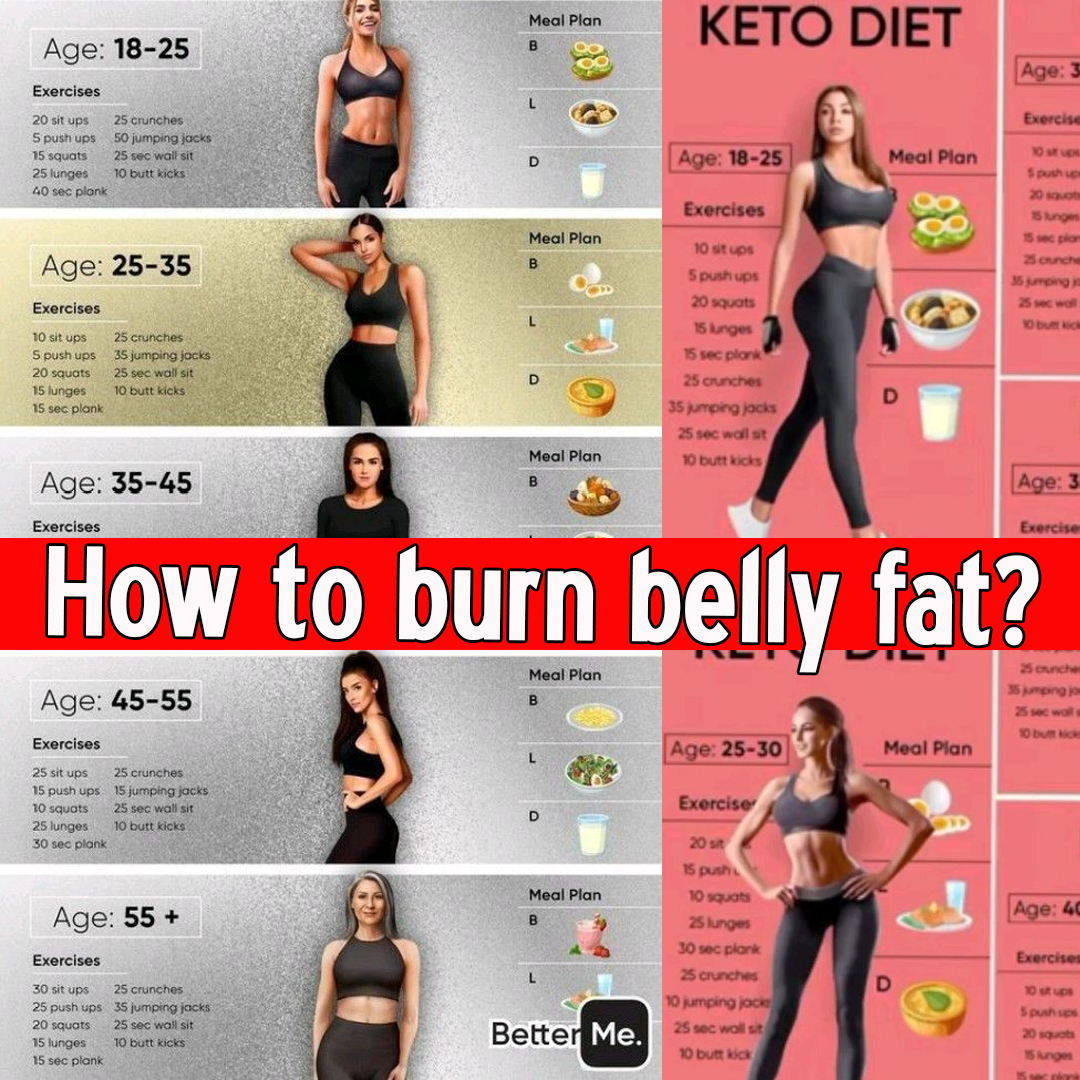
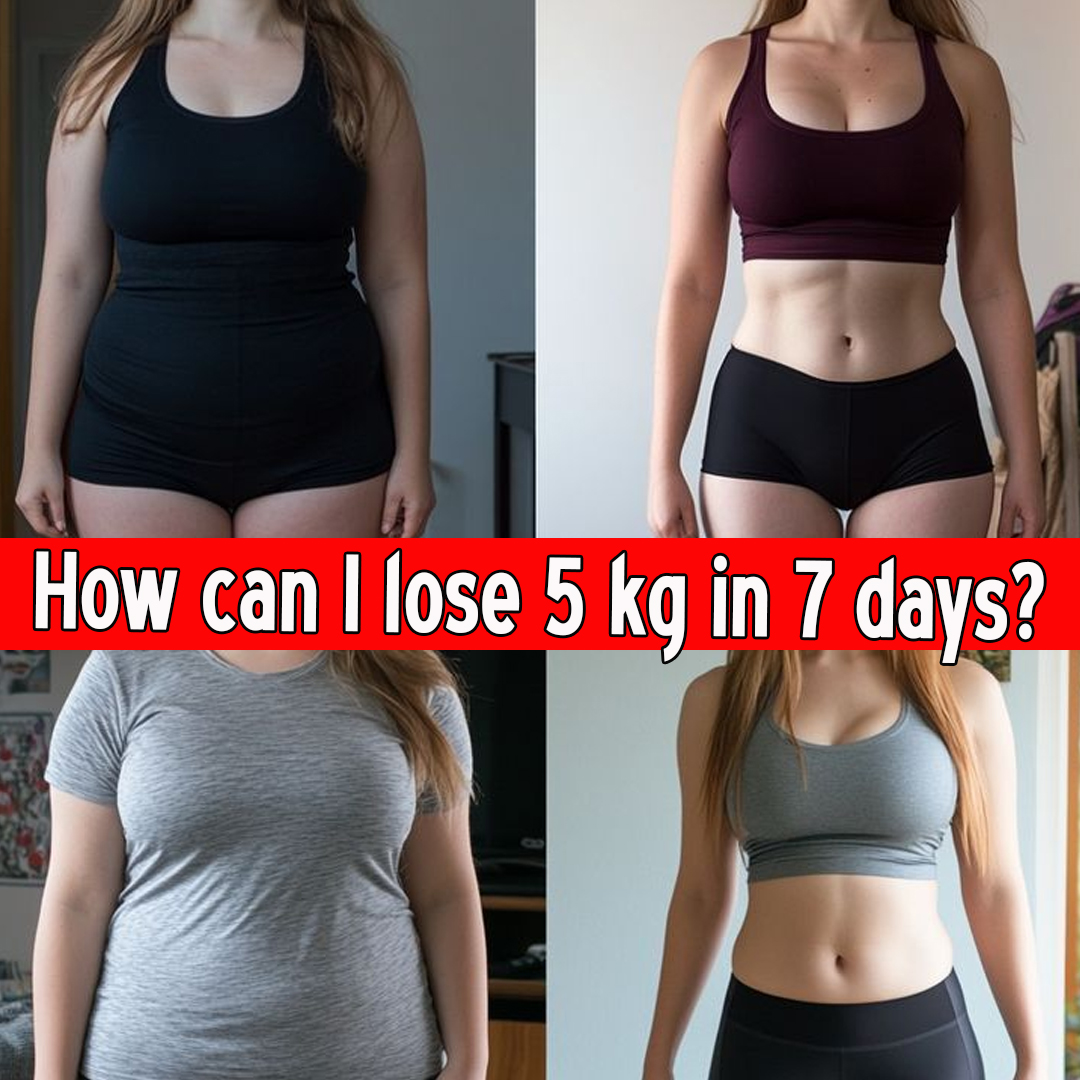
Leave a Reply